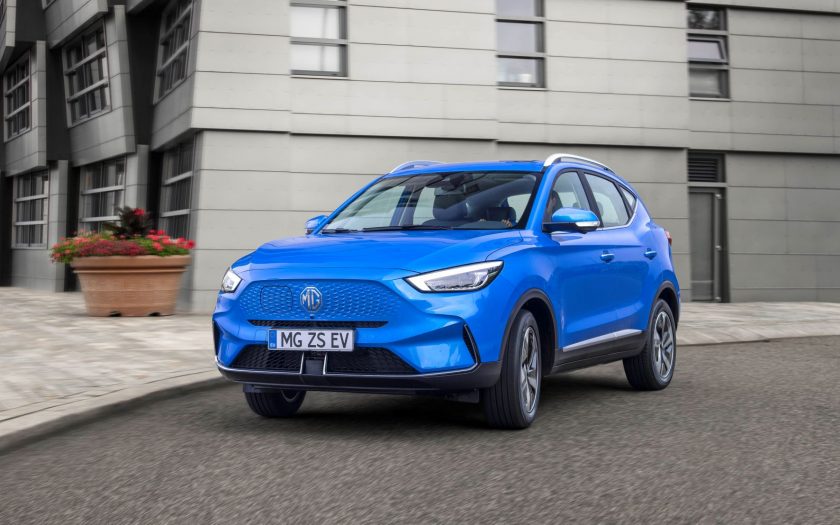Chris Riley tests the 2023 MG ZS EV Long Range with pricing, specs, ride and handling, safety, verdict and everything the over-50 driver needs to know.
Summary: Relatively affordable EV, but no longer a bargain, and still comes at a hefty premium over the non-EV versions.
2023 MG ZS EV Long Range mid-size SUV
Pricing: $51,287-$54,942 (driveaway, depending on location – see text)
Options: metallic paint $700, 7kW cable $299, 22kW cable $399
Warranty: Seven-years/unlimited km, two years roadside assist
Safety: Not tested
Build location: China
Engine: electric motor
Power: 115kW
Torque: 280Nm
Transmission: single-speed reduction gear, front-wheel drive
Body: 4323mm (long); 1809mm (wide); 1649mm (high)
Kerb Weight: 1620kg
Braked towing capacity: not stated
Wheels: 17-inch alloy
Spare: space saver
Tyres: 215/55 R17
Ground clearance: 161mm
Turning circle: 11.2m
Battery capacity: 72.6kWh
Official range: 505km (440km – WLTP)
Official consumption: 17.7kWh
Consumption on test: 17.7kWh (750km)
seniordriver consumption on test: 19.8kWh (424km)
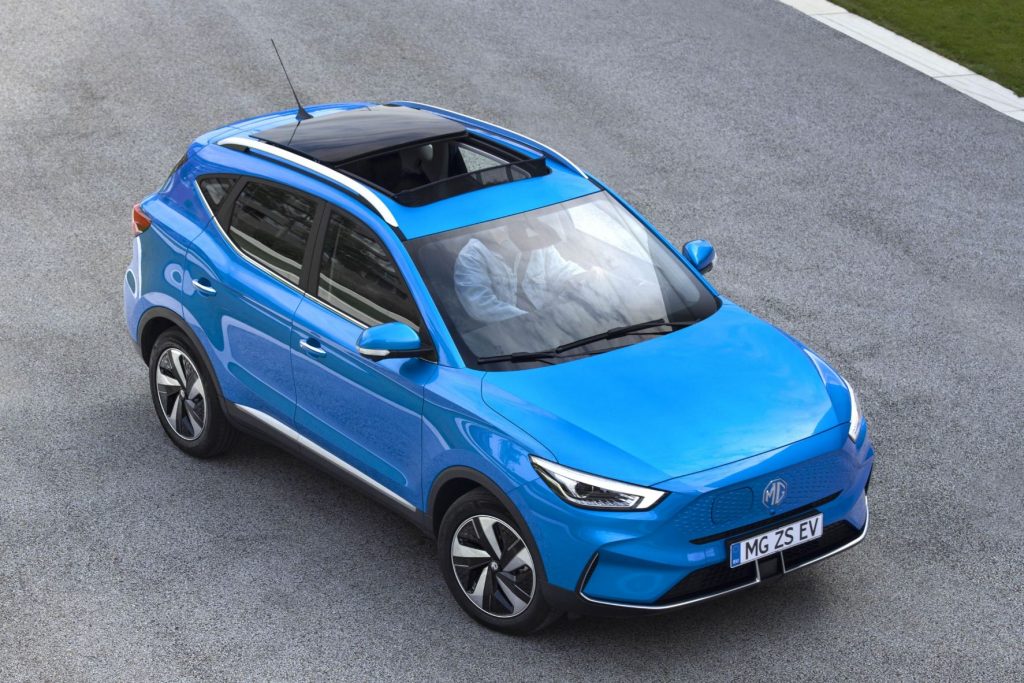
It has been the door to a whole new world of electric travel for the average buyer, based largely on price.
But the ZS now has quite a few competitors and that means more choice for consumers, which will put pressure on prices.
Launched earlier this year, the new “Long Range” version is basically just that, the same car with about 100km of extra range.
Based on the top-spec Essence, you don’t get any extra equipment, apart from rear privacy glass.
But the thing is, it costs considerably more and this could well become a problem for the Chinese-owned company.
You see it transforms the ZS EV from a cheap electric car into something much more, something that buyers will begin shopping against the competition – in this case BYD, Great Wall’s Ora and the new Hyundai Kona.
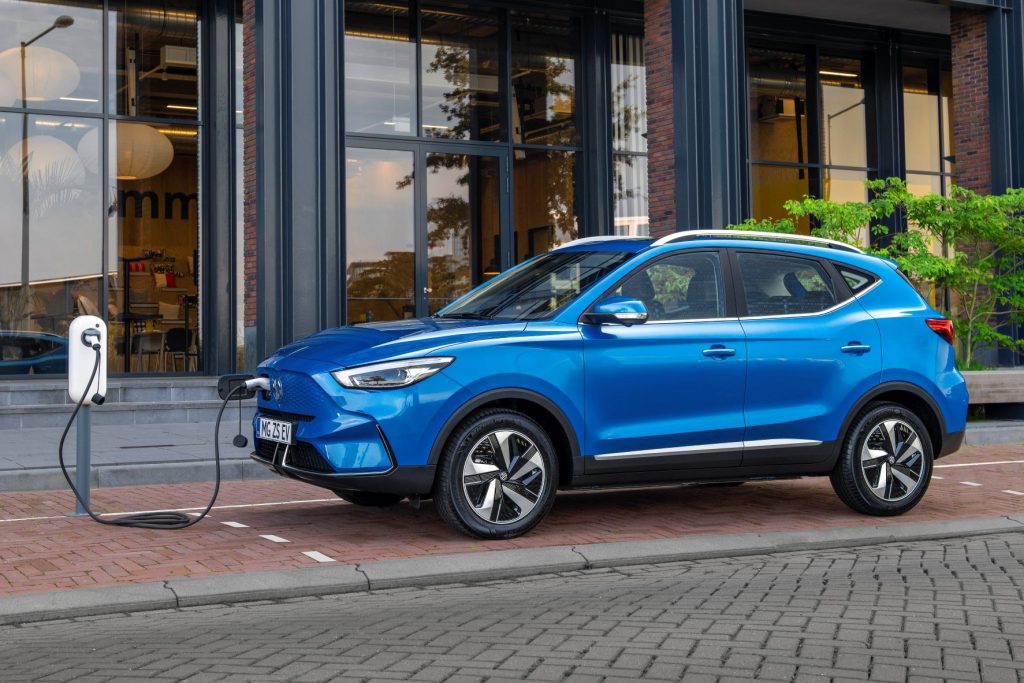
What’s it cost?
The styling is generic but inoffensive, with a blanked-out radiator grille, because the ZS has not been designed specifically as an electric vehicle.
There are three grades from which to choose and prices have just gone up: Excite EV, from $47,337, Essence from $51,505 and Essence Long Range from $59,841 – all before on-road costs.
Any colour but black or white incurs a $700 surcharge.
With different taxes and charges, the price varies from state to state.
In WA it’s $61,637 driveaway, in Vic $59,841, SA $59,391, Qld $58,537, NSW $57,709, NT $57,469 and in Tas $57,284. See the notes below in seniordriveraus comments.
Excite and Essence are good for 320km, while Essence Long Range ups the figure to 440km under the Worldwide Harmonised Light-Duty Vehicles Test Procedure (WLTP).
To give the price perspective, the basic entry level ZS with a 1.5-litre four-cylinder petrol engine is priced from $23,990 and comes with much of the same equipment.
Do the maths and you’ll soon see you’re paying more than $30,000 for an electric motor and more than $8000 for the long-range battery.
Ouch! No wonder people are reluctant to make the jump to EVs, especially when they are not compelled.
Back in the day, no one wanted to pay extra for airbags and you could argue that EVs fall into the same category.
So, what do you get for your money?
First up, believe it or not, ZS Long Range doesn’t produce as much power as its lesser siblings, with 115kW versus 130kW – but the same 280Nm of torque.
As result, it’s a little slower out of the blocks, with zero to 100km/h taking 8.5 seconds instead of 8.2.
But, to be fair, when it comes to electric cars it’s more about range – the more the better.
A figure of 400km is good, 500km is excellent and 600km or more puts an EV almost on par with petrol rivals.
MG describes the ZS as a mid-sized SUV, but in reality, it’s a smaller unit, with limited legroom, a lack of shoulder room and a small but deep two-level boot.
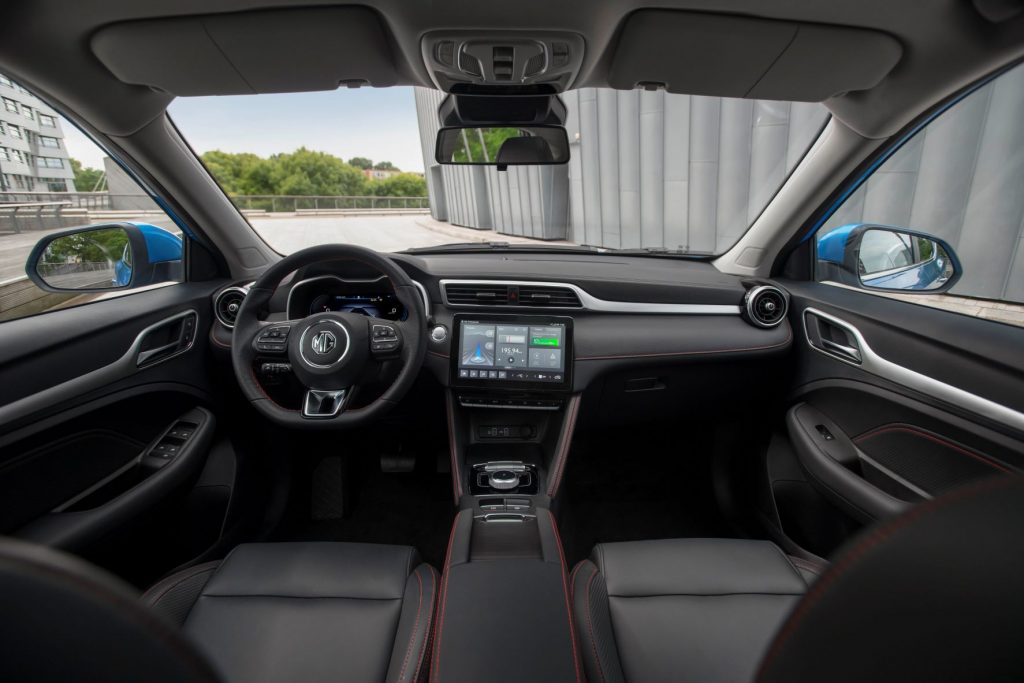
Essence is trimmed in artificial leather and features single zone climate air, with heated front seats, a leather trimmed steering wheel and six-way power adjustment for the driver’s seat.
The faux or artificial leather or whatever you want to call it feels just like vinyl to my lower back when I’m peeling it off – maybe that’s because it is.
The instrument cluster is now fully digital, with LED head and daytime running lights, automatic high beam, auto lights and wipers, 360-degree camera, rear parking sensors, adaptive cruise control and a large glass sunroof with cloth shade.
But the steering wheel lacks reach adjustment and the rear vision mirror does not dim automatically.
Then there’s the so-called ‘Propeller’ aero wheel covers. They may conceal alloys, but let’s call a spade a spade – they come off, so they’re hubcaps.
In terms of infotainment, a 10.1-inch touchscreen fronts a system that features FM and DAB+ digital radio, built-in navigation, wired Apple CarPlay and Android Auto and six-speaker audio with ‘3D Sound Effect’ and a five-band equaliser.
A wireless phone charge pad is provided along with five USB ports: 1 x USB-A/1 x USB-C/12 volt in the front console, the same in the back, plus a fifth USB-A port near the rear vision mirror, presumably to power a dashcam.
Android Auto is wired and works flawlessly, but once you’re on the road the system locks down, so you can’t change between audio sources.
You can also download an app that enables you to keep tabs on the car, including its state of charge.
To “bind” the car with your phone it is necessary to scan a QR code, but it doesn’t reveal where to find this. Google supplied the answer. Seriously?
The touchscreen acts as a reverse camera, but is blurry at night and failed to activate several times. That’s a worry.
The ZS EV does not come with a safety rating and as such it is difficult to award points.
Six airbags are standard while the MG Pilot safety package adds automatic emergency braking (pedestrians up to 64km/h and vehicles to 150km/h), adaptive cruise control, forward collision warning, lane departure warning, traffic jam assist, intelligent cruise assist, blind spot warning, rear cross traffic alert, auto high beam and speed assistance system.
MG ZS EV is covered by a seven-year unlimited kilometre warranty.
Service intervals are 24 months or 20,000km. The first three will set you back $268 a pop.
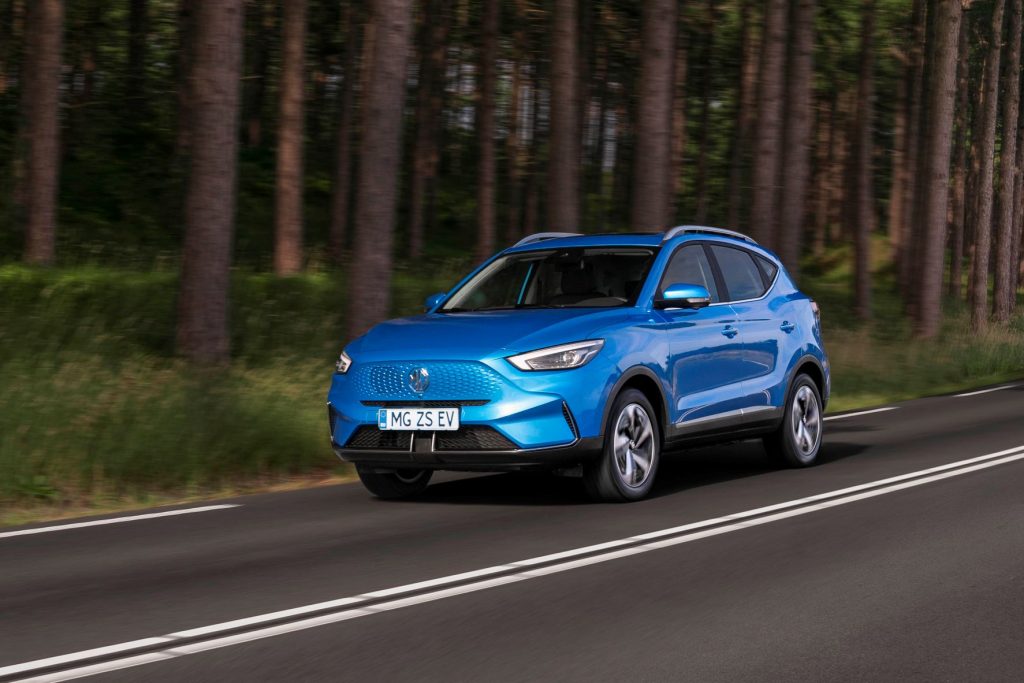
What’s it go like?
Other than the fact that it is a little cramped, the ZS EV is an acceptable substitute for a petrol-powered car.
The ZS Long Range has a single electric motor that produces 115kW of power and 280Nm of torque, with drive to the front wheels through a single reduction gear.
With a larger 72.6kWh battery, energy consumption is a claimed 17.7kWh/100km and the Long Range model has an estimated range of 440km under the newer WLTP test protocols.
Starting the EV is easy enough, with a clearly defined start button, twist-style gear selector and electric parking brake.
But finding the park setting the first time can be a challenge as the P on top of the drive selector is almost invisible in some lights.
Performance is not going to set the world on fire, but the car accelerates briskly, handles reasonably well and is far from disappointing.
On the open road the adaptive cruise control tends to leave too large a gap to the car in front, even at the minimum setting.
Auto braking, meanwhile, has trouble adjusting to long sweeping bends, seeing the bushy road verge as an obstacle and so reduces speed when it is not necessary.
The seats are reasonably comfortable and the Stargazer sunroof is large and impressive, but a thin shade is bound to let in lots of heat in summer.
Ride quality ranges from okay on smooth roads to choppy and liable to jostle occupants as the suspension tries to deal with irregularities in the road.
You’ll find three toggle switches in the centre console, one for battery status, another labelled KERS for regenerative braking and the third for drive mode selection – Eco, Normal or Sport (this setting doesn’t stick between restarts).
Toggling KERS appeared to produce no response at first, but we later realised it changed the tiny number from 1 to 3 shown next to the battery graphic in the lower right of the instrument cluster, with three providing most braking – but not enough to actually pull the car up.
While MG claims a maximum range of 440km, fully charging the car a couple of times produced 421km at most.
Like a petrol car however it no doubt depends on how you drive.
Putting the charge port at the front of the vehicle is more convenient and means you don’t have to reverse it in every time you want to recharge.
If you don’t travel long distances regularly, the ZS EV should do the job nicely, remembering that it is best to keep the car topped up at all times.
This means access to a power point, installing a home charger or having a commercial charger conveniently located nearby.
It’s easy to gloss over this point in the excitement of buying a new car, especially a futuristic ‘electric’ car.
Big mistake. Buying an electric car means buying into a lifestyle.
Suddenly, it becomes all about range, when and where you can charge the car next and how you’re going to make it up or down the coast when you go away in a few weeks.
We know of one couple who swapped their ZS EV with their daughter and took her diesel instead.
Since then, they have traded it in on something more convenient.
You need to keep an eye on the range and be diligent about plugging it in whenever it is parked.
We’re lucky in this respect because our local watering hole has installed a couple of commercial chargers – and it’s literally just around the corner.
If access is a problem … well, it could be problematic.
You need off-street parking and you can’t use an extension lead – it doesn’t work.
The car comes with a standard charge cable that is about 6 metres long and can be plugged into a standard power point.
But it takes a very long time to recharge this way.
At this point, we should add that to use a commercial charger you need an additional cable for your shiny new EV.
MG will sell you a 7kW cable for $299, or a 22kW cable is $399 – and they aren’t interchangeable.
We hear Ampol service stations are rolling out high speed chargers that have their own cable, a bit like a petrol pump.
Good luck finding one.
Which leads us to the question: when are servos going to start advertising the availability of power and how much it costs per kWh?
We travelled 250km up to Nelson Bay on the NSW north coast and back again during our week in the ZS.
Checking ahead, the hotel where we stayed could only offer an external 10-amp power point, which charges at the rate of about 1.5kW per hour.
On our return we had 33 percent charge remaining.
Plugging it in to the point in our garage at around 6pm, the app told us it would not be fully charged until 11pm the next night.
Phew! It’s a good thing we didn’t have to be anywhere in a hurry.
Rated at 17.7kWh/100km, believe it or not that’s exactly what we got after close to 750km of mixed driving, dropping to a low of 14.6kWh on an easy run down the motorway.
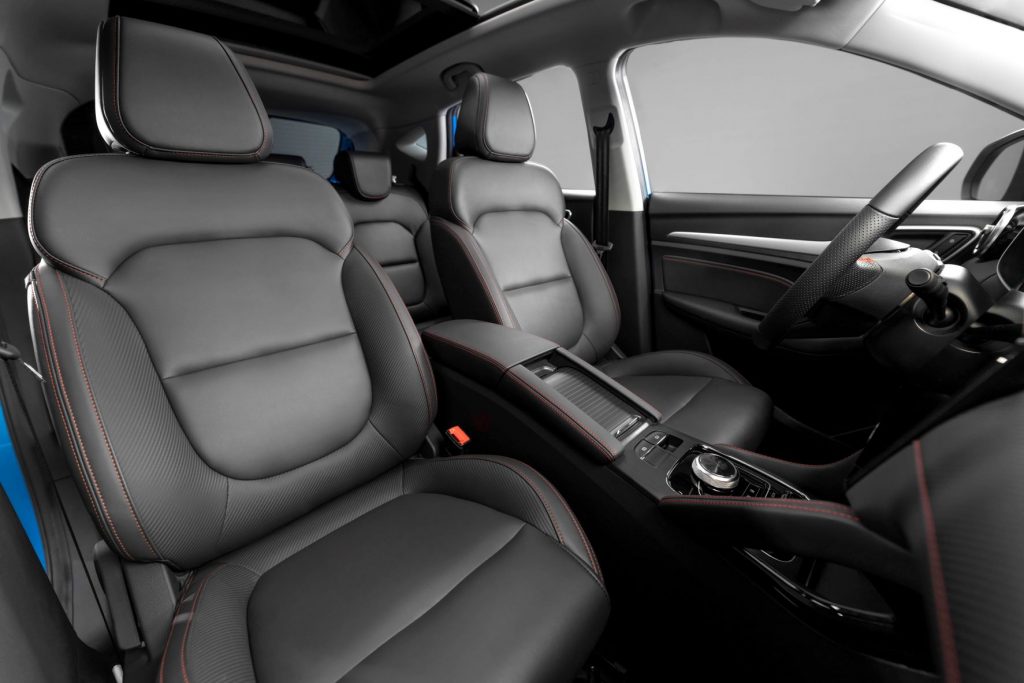
What we like
- Does what it does
- Practical petrol replacement
- Rear air outlets
- 7-year unlimited kilometre warranty
What we don’t like
- Hubcaps
- 421km fully charged (not 440)
- Binding app problematic
- Charging takes extremely long time with standard power point
- Can’t operate info system while driving
- Eco mode cuts aircon
- Cruise controls hidden by wheel
- Camera blurry at night
- Reverse camera sometimes fails to activate
What over-50s drivers need to know
EVs are a work in progress. They’re getting there, but the infrastructure needs to catch up.
The MG ZS EV Long Range isn’t a bad choice and offers decent range, but it’s far from perfect.
If you’re thinking of buying an EV, you need to go in with your eyes open and be sure to check out the competition before making any decisions.
As mentioned, a couple we know traded in their ZS EV because basically it all became too hard.
It was too difficult to find a charger and took too long to actually charge when they did.
Granted theirs was the standard range version with a range of 320km, but you get the picture.
Not sure what they plan to do with the wall charger installed on the side of their garage?
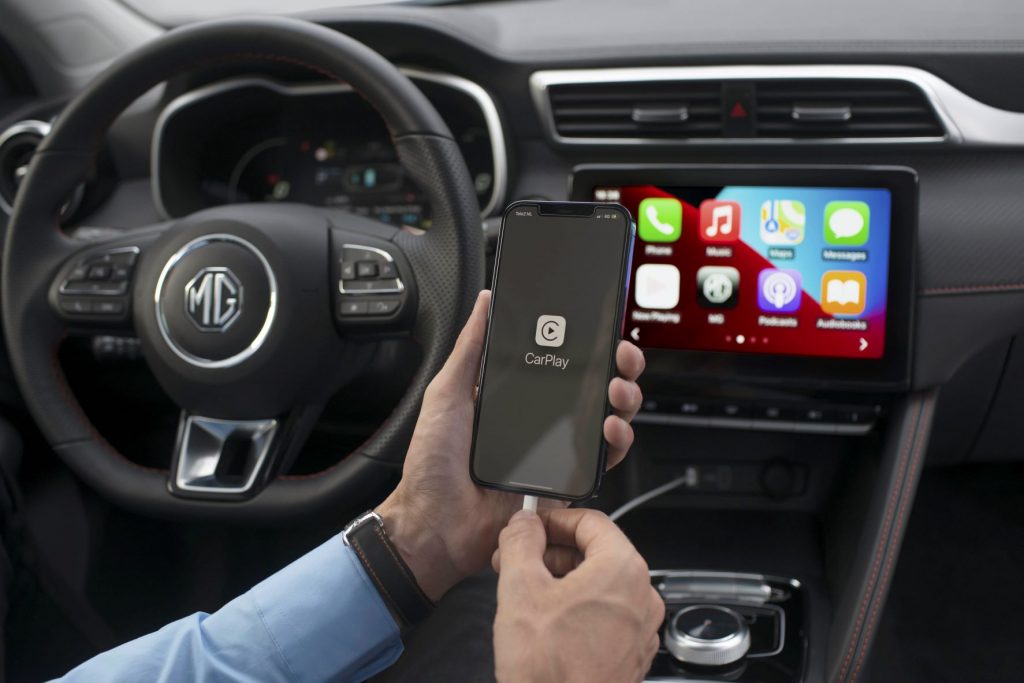
seniordriver comments
As prices continue to come down, more people are considering EVs, but we still have a long way to go. And for many buyers, $50,000 is still a big ask. (According to our research, prices ranged from $42,287 for the Excite in the ACT – the state or territory with the lowest driveaway price – up to $54,942 for the Long Range in WA – the state with the highest driveaway price. For once, the website is quite upfront with prices state by state, so we suggest you go online and check for yourself what each variant will cost, in your home state or territory.)
The MG ZS is a very pleasant vehicle, by any measure. It does everything quite well, without being outstanding in any area. We found it constantly annoying that the sound system would continue to operate until the car was locked and rear vision was less than ideal. The touch screen was unnecessarily touchy and often wouldn’t accept inputs. On screen warnings such as school zones were useful, but often inconsistent or just plain wrong. Having driven the HS EV recently, we were frustrated to find that many buttons and controls were in different locations (not a problem unless you regularly swap between the two) – for example, the camera button in the ZS is on the screen, but on the dash in the HS. And we were less than impressed with the absence of reach adjustment for the steering wheel.
Of more concern is the lack of an ANCAP safety rating for the ZS, although we’d guess it would score quite well. It would be useful to know for sure, though.
When we collected the ZS, the battery was 95 percent charged and the readout suggested a range of 394km, or 412 when we switched over to ECO mode. After driving 107km and using power at 18.7kWh, battery charge was down to 69 percent and range was listed at 266km. Recharging time was 16hr 21 minute using a standard power outlet, which took us back to 100 percent battery charge and suggested ranges of 422km in ECO, 401 in Normal and 381 in Sport mode. By the time we had travelled 314km at 19.2kWh, battery was down to 46 percent with a 17-hour charge time. When we returned the vehicle, with the odo on 424km, consumption was showing 19.8kWh and we still had 150km-odd before needing to recharge.
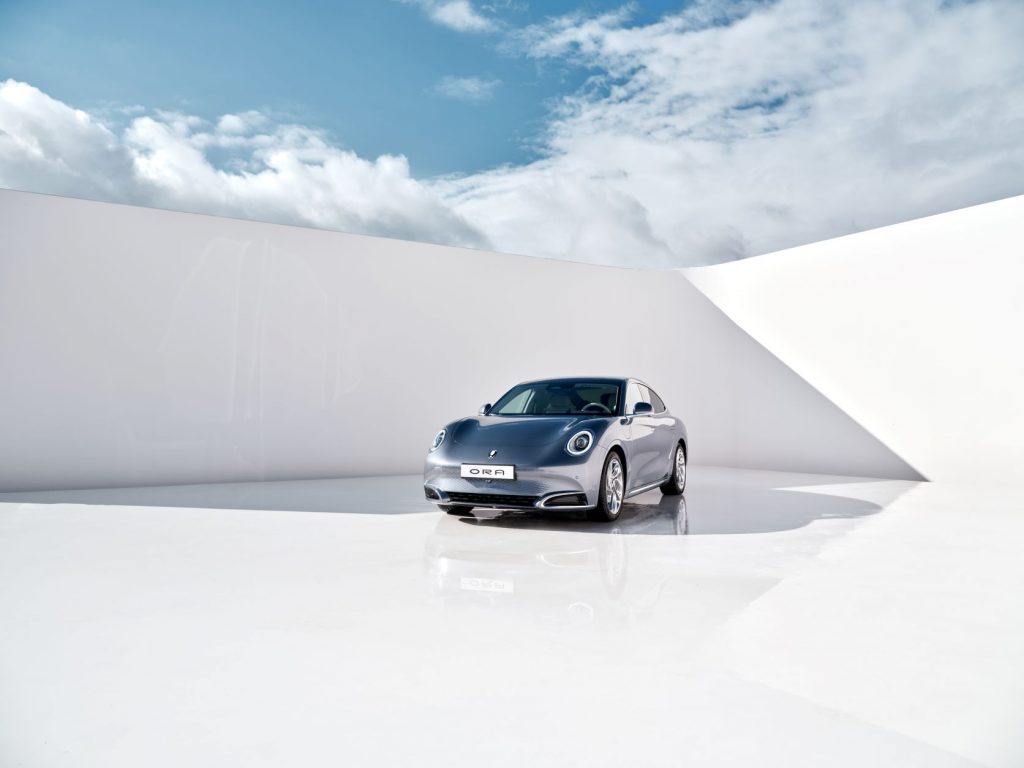
Similar vehicles worth considering include the BYD ATTO 3 (marginally more expensive than the MG, or the GWM Ora (a little cheaper).
As usual, claimed ranges appear to be far from what is actually attainable. The MG claims a range of 505km, the BYD 480 and the Ora 420km. Charge times are listed at 35 hours for the MG, 30 hours 30 minutes for the Ora and 28 hours for the BYD, while quick charge times are 1 hour 03 minutes (MG), 45 minutes (BYD) and 50 minutes (Ora).
Both the BYD and GWM Ora have scored five ANCAP stars (both tested in 2022).The MG and Ora carry a seven-year warranty, while the BYD is covered for six years.
